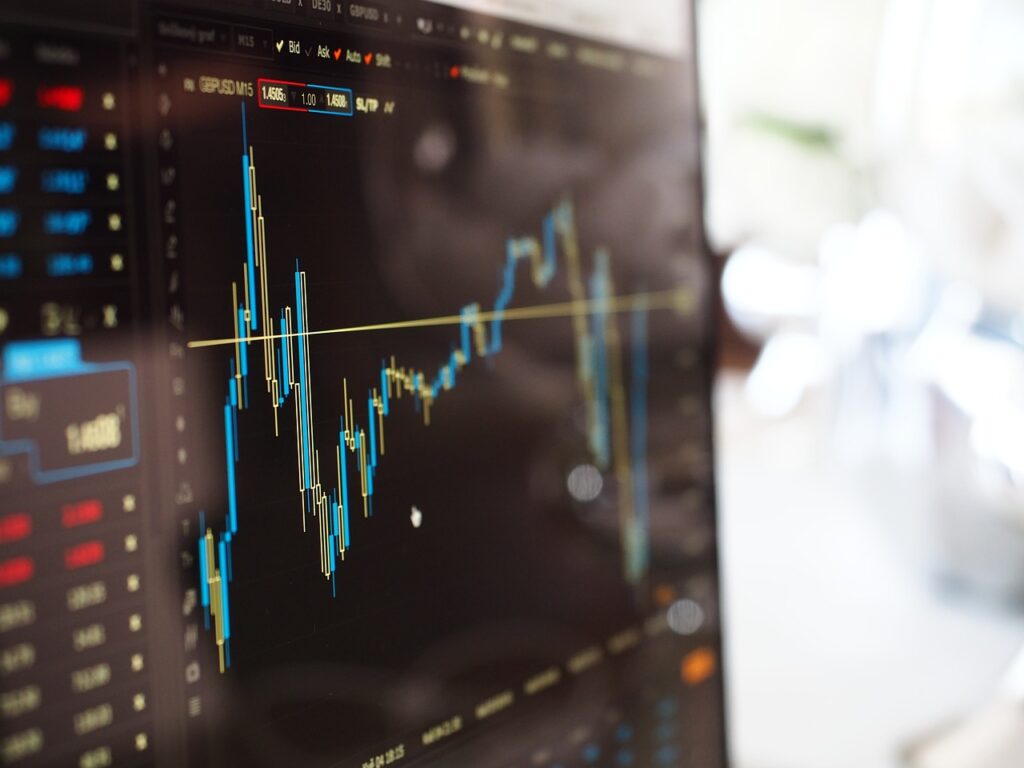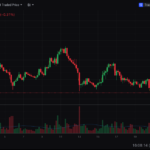Pattern trading is one of the most timeless strategies in the financial markets, trusted by traders to uncover opportunities based on the repeating behavior of price movements. Whether you are trading cryptocurrencies, stocks, or forex, understanding how to spot and utilize patterns can significantly improve your trading decisions and help you navigate market noise effectively.
What is Pattern Trading?
Pattern trading involves analyzing chart formations created by price movements over time. These formations often reflect the psychology of market participants — fear, greed, and indecision — and help traders forecast future price direction. Unlike fundamental strategies that rely on news or data, pattern trading relies purely on technical analysis.
Popular Patterns and How They Work
- Head and Shoulders
This reversal pattern signals a change in trend from bullish to bearish (or vice versa in the inverted version). The formation includes three peaks: a central “head” and two smaller “shoulders.” Traders look for a break below the neckline for bearish confirmation.How to Trade:- Identify the three peaks.
- Wait for price to break the neckline with strong volume.
- Set stop-loss above the right shoulder.
- Triangles (Symmetrical, Ascending, Descending)
Triangles represent periods of consolidation before a breakout.- Ascending triangles indicate bullish continuation.
- Descending triangles suggest bearish moves.
- Symmetrical triangles can break out in either direction.
- Draw trendlines connecting highs and lows.
- Enter when price breaks out, supported by volume.
- Set targets based on the triangle’s height.
- Double Top and Double Bottom
These patterns highlight potential reversals at key levels.- Double top occurs at resistance and signals bearish reversal.
- Double bottom forms at support, signaling bullish reversal.
- Confirm the pattern when the price re-tests the neckline.
- Enter on the breakout and set stop-loss above or below key levels.
- Flags and Pennants
These continuation patterns appear during strong trends, signaling a brief consolidation before the trend resumes. Flags slope counter to the trend, while pennants are symmetrical.How to Trade:- Look for tight consolidation after a sharp move (flagpole).
- Trade the breakout in the direction of the previous trend.
Why Pattern Trading Works
Patterns work because they reflect crowd psychology and predictable reactions to price movements. Traders rely on historical data to recognize recurring formations, assuming that human behavior in markets tends to repeat over time.
However, no strategy guarantees success. Combining pattern recognition with risk management tools like stop-losses and proper position sizing is crucial to manage uncertainty and reduce losses.
The Edge of Pattern Trading in Volatile Markets
Pattern trading is particularly effective in volatile environments, such as cryptocurrency markets. Bitcoin, Ethereum, and other altcoins often experience dramatic price swings, making patterns like triangles, flags, and head-and-shoulders highly relevant. For traders seeking an edge, these setups can provide clarity amid chaos.
Conclusion: A Balanced Approach to Pattern Trading
Mastering pattern trading takes time, patience, and discipline. Successful traders combine pattern recognition with proper risk management and other technical indicators like volume and moving averages for confirmation.
Remember, patterns alone do not predict outcomes with certainty — they simply increase the probability of success. Always backtest your strategy and trade responsibly.
Disclaimer: This article is for educational purposes only and does not constitute financial or investment advice. Always conduct your own research before making trading decisions.







